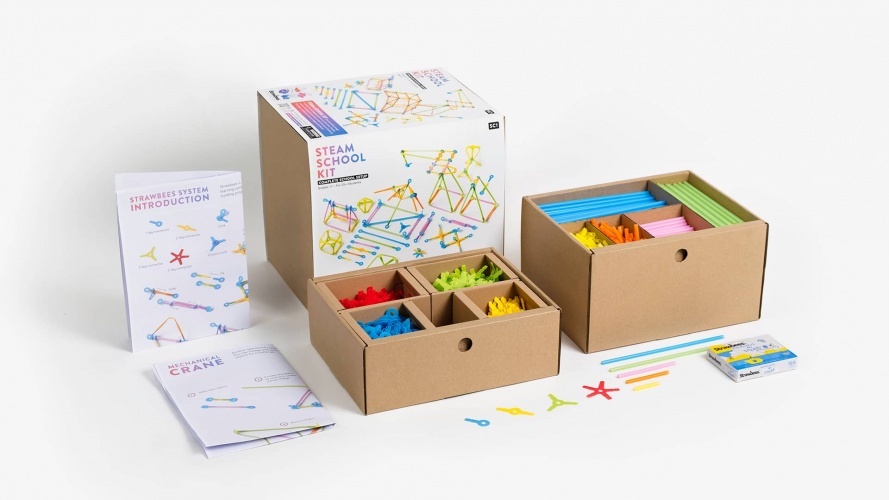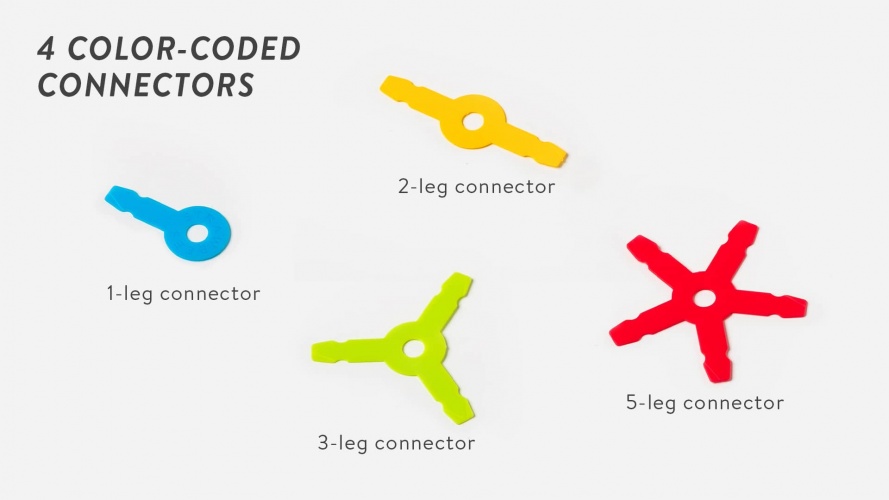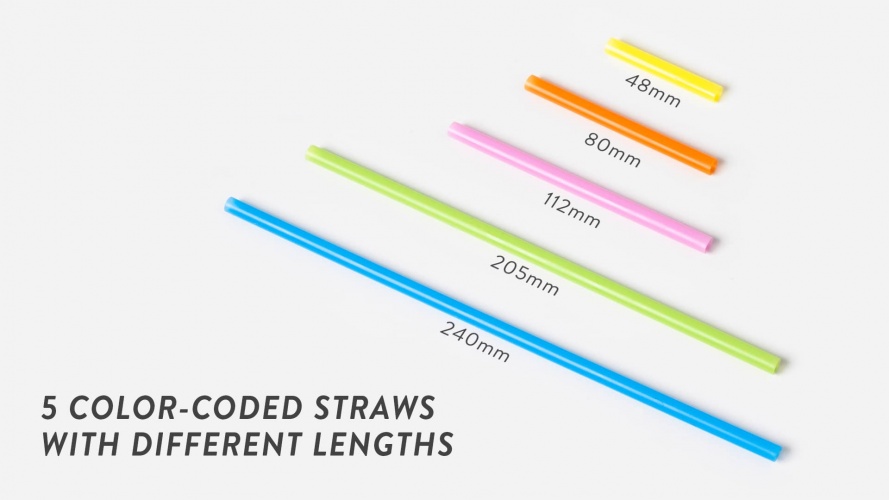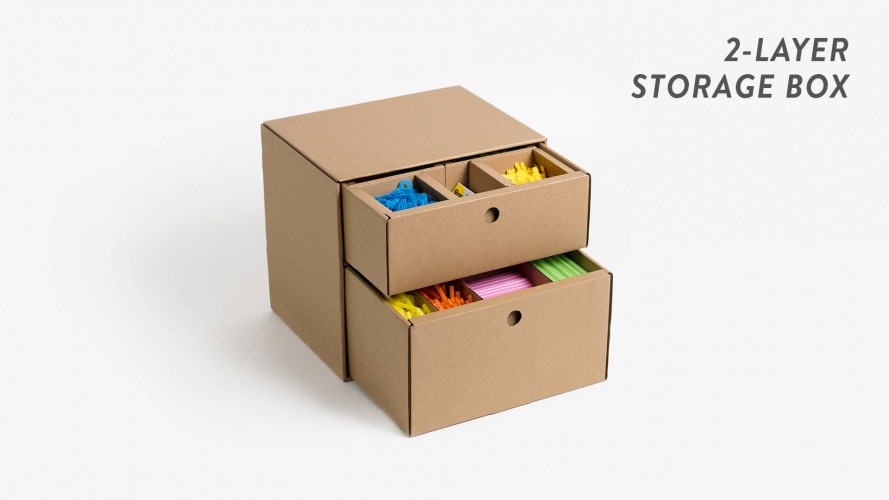Practicing to plan and execute studies, make observations and measurements
Practicing to look things from different perspectives
Practicing to create questions and make justifiable arguments based on observations
Practicing to notice causal connections
Learning to recognise and evaluate arguments and their reasonings
Learning to find solutions in social conflicts
Developing problem solving skills
Practicing strategic thinking
Practicing to use imagination and to be innovative
Practicing to use imagination and to be innovative
Encouraging students to be innovative and express new ideas
Practicing to improvise
Practicing creative thinking
Creating requirements for creative thinking
Learning to find the joy of learning and new challenges
Practicing to evaluate one's own learning
Practicing to take responsibility of one's own learning
Practicing to find ways of working that are best for oneself
Practicing persistent working
Practising visual recognition
Practicing to observe spoken and written language
Practicing categorization and classification
Practicing fine motor skills
Practicing memorizing skills
Using technology as a part of explorative process
Using technology for interaction and collaboration
Practicing logical reasoning, algorithms and programming through making
Using technological resources for finding and applying information
Using technology as a part of explorative and creative process
Understanding technological system operations through making
Using technology resources for problem solving
Practicing to use information independently and interactively
Learning to understand and interpret diverse types of texts
Practising to understand visual concepts and shapes and observe their qualities
Learning to acquire, modify and produce information in different forms
Practicing logical reasoning to understand and interpret information in different forms
Realizing the connection between subjects learned in free time
and their impact to skills needed at worklife
Connecting subjects learned at school to skills needed at working life
Practicing versatile ways of working
Practicing decision making
Learning to plan and organize work processes
Practicing time management
Encouraging positive attitude towards working life
Enabling the growth of positive self-image
Learning to understand the meaning of rules, contracts and trust
Practicing communication through different channels
Learning decision-making, influencing and accountability
Learning to listen other people’s opinions
Practicing to work with others
Learning to understand people, surroundings and phenomenons around us
Practicing to notice links between subjects learned
Learning to combine information to find new innovations
Encouraging to build new information and visions
Learning to build information on top of previously learned
Encouraging the growth of positive self-image
Learning to face failures and disappointments








User reviews for Strawbees STEAM School Kit
You need to log in to post a review.